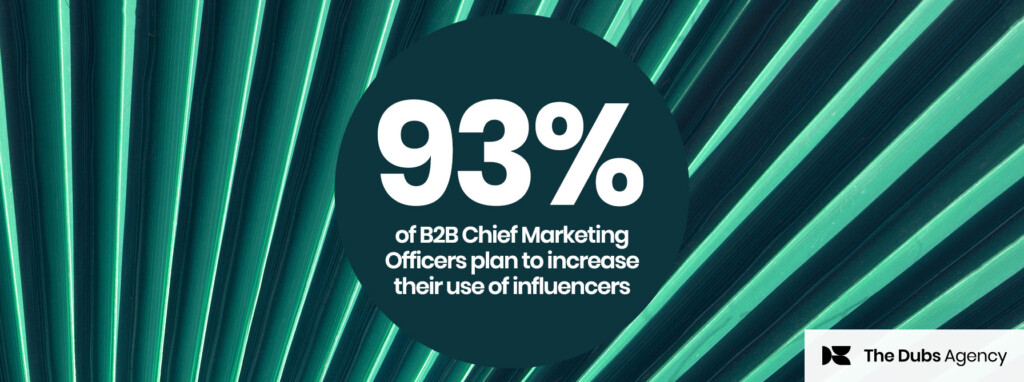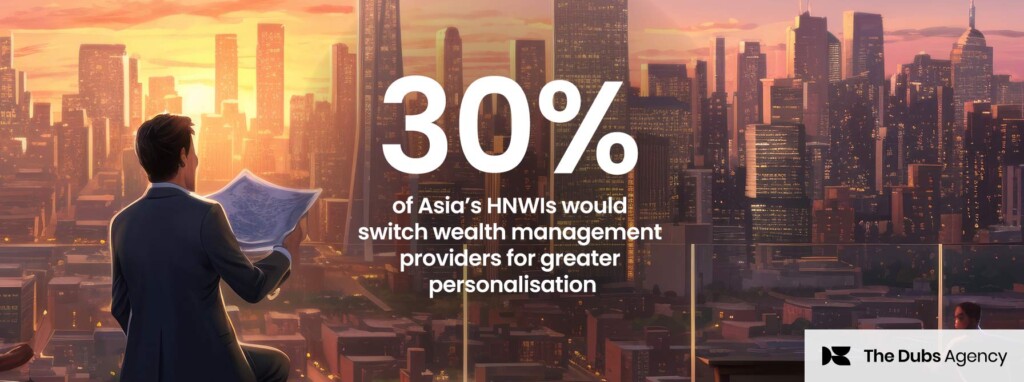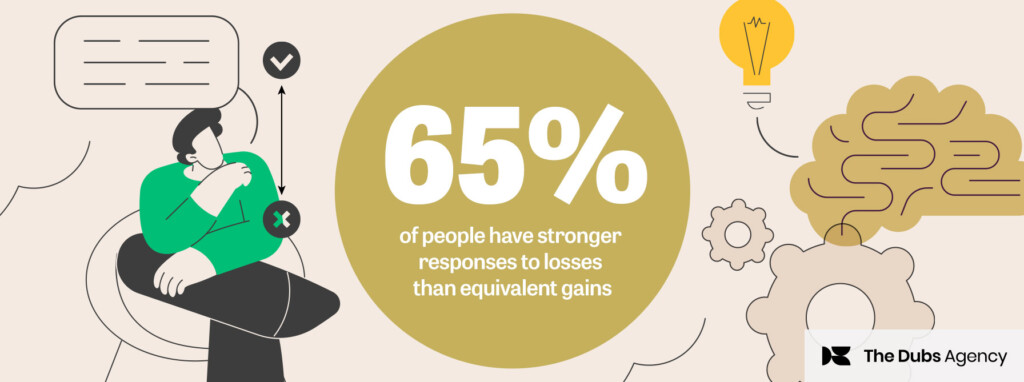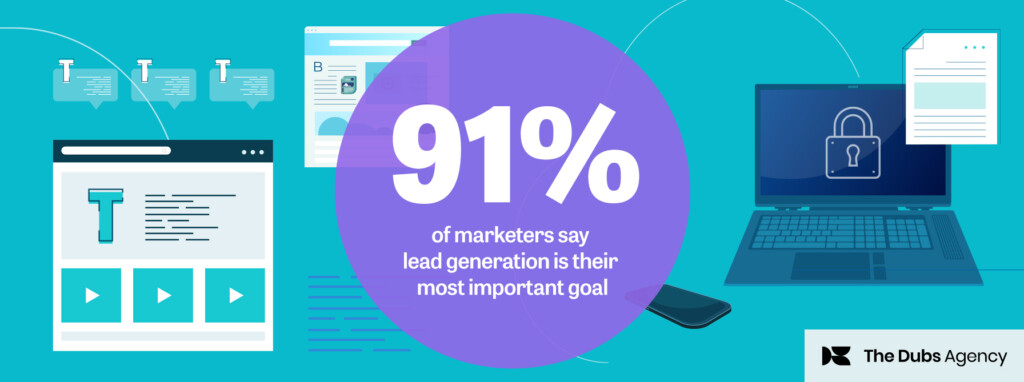How does Facebook use its X page? Does YouTube make the most of Instagram? When LinkedIn posts on other platforms, do they follow their own advice? Looking at how Facebook, LinkedIn, X, YouTube and Instagram use other social platforms to increase reach is a reminder of some really fundamental lessons in amplification.
When you’ve had a year like Facebook’s executives have, you use everything at your disposal to clean up your reputation, including Tweets. In 2018, @Facebook has been flogging its X account to reinforce the steps it’s taking to be more responsible with user privacy and safety. Facebook’s X updates also tip journalists off to the latest corporate and other newsworthy stories published by, and about Facebook.
As a customer service tool, it’s useful for alerting users to new product features and issues, alongside news on Facebook’s other products, e.g. Oculus Rift and WhatsApp. And it’s a handy PR vehicle too, shining a light on Facebook’s efforts in the community, doing social good, yadda yadda yadda.
In fact, everything that X does #well, Facebook is doing.
It’s fair to say though that the ‘Book’ doesn’t invest much in its YouTube channel. For a behemoth like Facebook to have only 25,000 views on a major video like its 11-minute documentary Facing Facts: An Inside Look At Facebook’s Fight Against Misinformation, it shows owned media – like Newsroom – is where the company is focusing its attention.
On Instagram, Facebook does seem to do video better (which makes sense because they own it). And it’s rewarded by tens of thousands of views. Content is artier and more design-rich compared to Facebook’s Tweets and pushes theme-based campaigns – a very Insta thing to do.
Like a lot of brands, Facebook uses LinkedIn as a jobs listing site and a library of careers and workplace articles that promote its corporate culture. The LinkedIn page for Facebook Business is a stab at thought leadership, pushing people to the Facebook Business pages for sales and marketing insights. Read as: cosying up to advertisers and marketers.
As the most popular platform across the board, globally, Facebook knows how to consistently promote a message (“Bringing the world closer”) and a brand voice. The brand also knows how to target a range of personas and how to use each platform in the way it was intended, from X to LinkedIn. Facebook is trying very hard to be transparent, or at least to give the impression of transparency through posting, especially through X.
Where Facebook does a weaker job – like their lacklustre YouTube attempt – there’s obviously a strategy at play there, to focus on owned content and build internal publishing platforms.
Instagram uses its sister platform Facebook to publish arresting imagery that pushes people back to Instagram for content campaigns, celebrity events and hashtag projects (#WHPdailylife, #WHPcolorpalette) – inviting users to create and share. Of late Instagram has also focused on directing viewers to its new TV channel IGTV, a competitor for YouTube.
On X, Instagram repurposes its Facebook posts; LinkedIn is just about jobs, while the only Instagram presence we could find on YouTube was a lame collection of Help videos.
Instagram isn’t a business thought-leading kind of platform and it’s not about B2B; if anything it’s about the pictures, about creativity and emotion. So LinkedIn isn’t where its audience lives. Instagram isn’t in the news like big sister Facebook nor are they battling trust issues, so X isn’t as valuable to the brand. For Instagram, it’s all about talking to its kind of visually-inspired people – and dragging them back to the Insta homeland.
X
X obviously doesn’t believe it needs to spend time on its Facebook presence – posting sporadically with the odd announcement about events, for example, the #XHouse shindig at #SXSW. Likewise, X doesn’t waste a lot of time posting on Instagram, using Instagram stories randomly here and there to promote its own page, hashtag projects and events.
X does upload some videos to YouTube, but it’s really just an archive of announcements, sporting highlights and help videos. As for the other platforms, LinkedIn serves as a careers and jobs noticeboard, spruiking X as an awesome place to work. The only thing X does that’s close to thought leadership happens on the X Marketing and X for Small Business showcase pages, where it posts links to case studies and tips blogs once or twice a week.
X obviously doesn’t believe it needs to spend time on its Facebook presence.
YouTube
YouTube looks to have an ambitious amplification strategy across a range of verticals, celebrating not just its own initiatives and properties, but providing a tasting platter of creators and artists who live on the platform.
On Facebook, YouTube promotes its original content, live streams, community programs (e.g., Creators For Change), new channel launches, user guides, national days of celebration and of course – artists’ music videos, because as we know, music videos are YouTube’s most-watched videos.
YouTube’s Tweets mirror their Facebook posts; and it also retweets from its parallel X identities, e.g., the YouTube Music channel and the @YT Creators channel. On Instagram, YouTube gets good engagement by adjusting the style of images and text for the audience.
LinkedIn allows YouTube to tell stories that support its mission statements and values with company updates and job alerts. To tick the thought leadership box, YouTube has a showcase page for advertisers which has a very modest following, linking back to its parent company’s page, Think With Google: the home of insights and tips for marketers.
Because LinkedIn functions as both a B2B network and as a content repository (Pulse, Medium etc.), it’s pretty self-contained. LinkedIn’s Facebook page directs eyeballs to the company’s Pulse articles, Speakers Series and Learning blog for free and paid courses. You can also click to read series of articles tagged with #dreamjob, #CareerPivot or #HelloMonday.
Likewise, its X page and YouTube presence push to LinkedIn’s own resources and reinforce that LinkedIn is all about jobs and networks. LinkedIn’s Instagram posts miss the mark a bit. Headshots, group shots and LinkedIn-branded graphics don’t really cut it in such a visually-led environment as Insta. Even if it’s consistently marketing a nice hashtag #InItTogether.
Rounding up: 7 key lessons in amplification
- You don’t need to invest big in every channel at your disposal. Even Facebook with its vast resources can’t do everything well. Develop a strategy that prioritises your channels according to need, and be content for your lower-priority channels to function as less time-consuming launching pads for sending people back to your own properties. That said, your strategy needs to be flexible so when you have a crisis (hello Facebook) you can re-prioritise your resources towards the channels that serve your needs.
- It’s fine to repurpose content across channels, but if you’re smart you’ll tweak it to fit each audience.
- Repeat. Repeat. Repeat. Hashtagged and themed content series and promotions published over time will entrench thoughts and ideas into a reader’s mind, helping cut through social overload.
- Use social media to fill a gap, as YouTube does. YouTube doesn’t have the kind of sophisticated data-driven user network that say, Facebook has. And it doesn’t have an article-publishing platform like LinkedIn’s Medium. YouTube sticks to its core business of getting eyeballs onto videos and making stars of creators and artists. And it uses the other platforms (and Google) to fill the gap.
- It’s good to rent other people’s channels for marketing purposes, but it’s best not to put all your eggs into channels you don’t own. If you can develop your own ways of reaching an audience – whether that’s through newsletters, blogs, websites or forums – then your social media platforms don’t ultimately control your content. And you won’t have the rug yanked out from under you if platforms decide to change the rules.
- User-generated content always rocks, always will. Take a leaf out of Instagram’s book and encourage people to share photos and stories.
- If you do invest in other people’s social platforms, be ready to monitor and respond appropriately. It’s interesting to watch Facebook at work as it deals with frustrated customers on Instagram. (And if you’ve clicked through to look at pages mentioned above, you’ll see that there are LOTS and LOTS of social customers venting wherever they can, OVER and OVER.)









